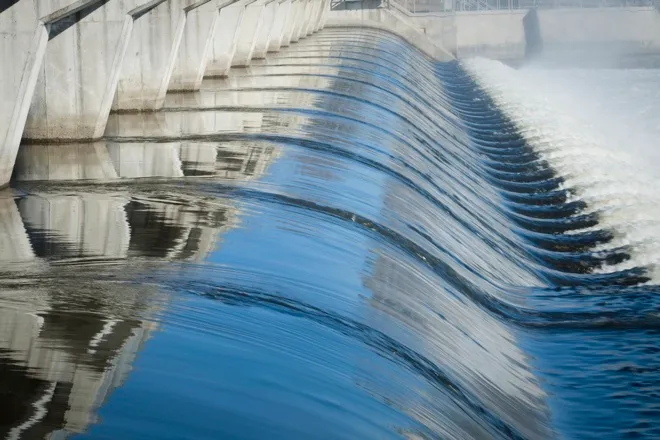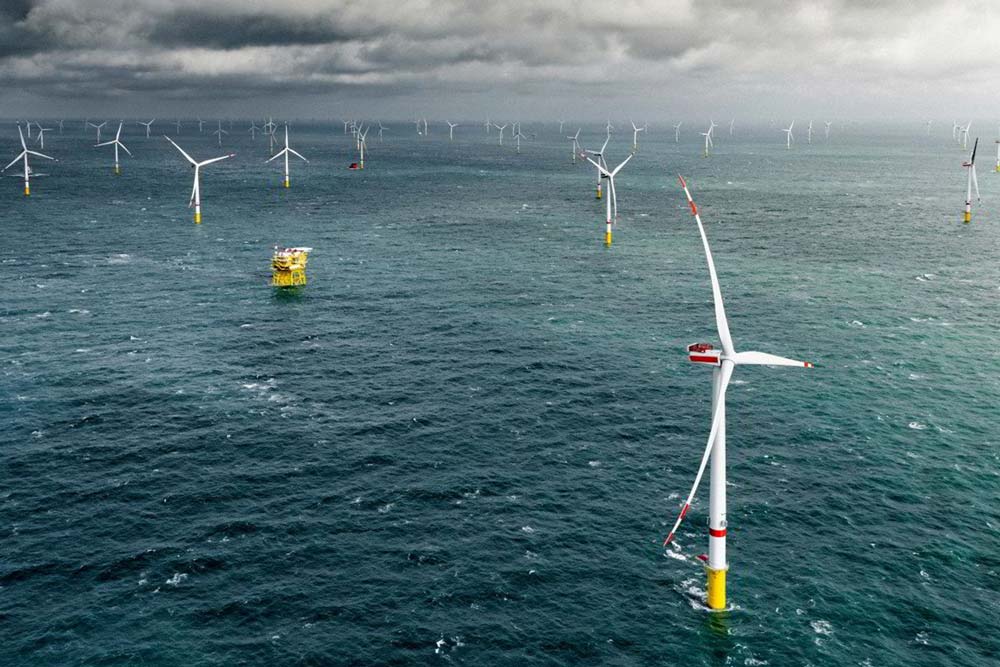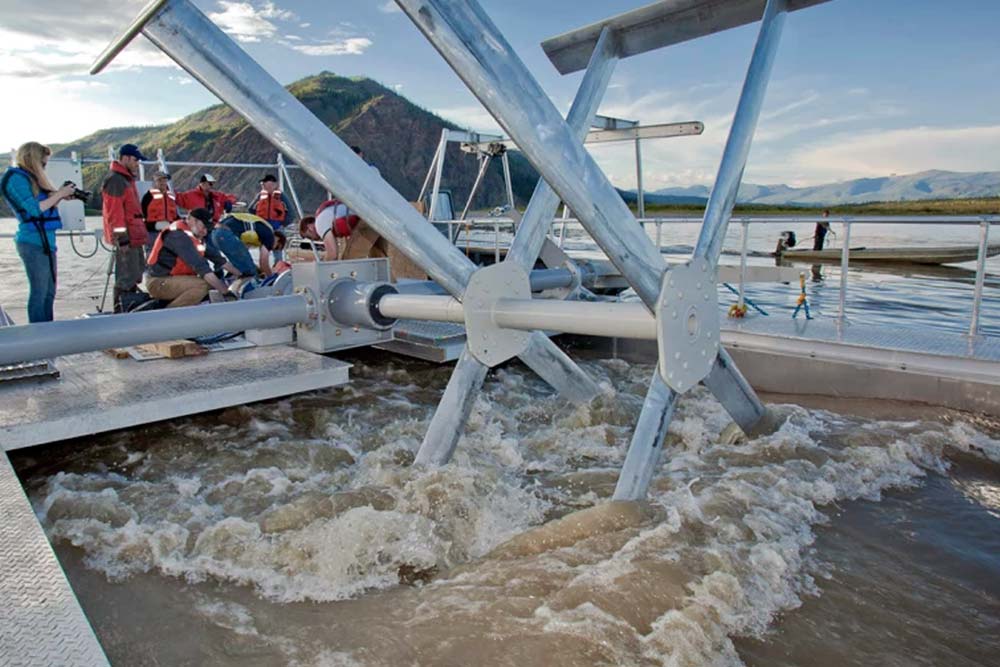FCOSU
Developing Natural Clean Resources
Supporting the Growth of Renewable Energy
Renewable power is growing robustly around the world, contrasting with the sharp declines triggered by the Covid-19 crisis.
Green ESL focuses its efforts in researching, developing and realising the potential of natural clean resources.
Hydropower and fuel cells are currently in advanced development and offer a much needed alternative to fossil fuels, natural gases and the combustion engine. Governments and the most prestigious academies and institutions around the world recognise the need to realise and harness the power of renewable energy. Renewable natural clean energy is the centre point of every nations energy policy.
Hydropower uses energy from the natural flow in water and falls and rises in a water source such as lakes, rivers or oceans. Hydropower then converts this energy into power for consumption and use in domestic and industrial sites, or even bigger such as whole towns or cities. As of 2014 6% of the U.S.A total energy consumption is hydroelectric power, a form of hydropower.

Clean Energy
Cleaner Energy for a Cleaner World
Power produced from sources that are continuously being replenished is known as renewable energy. Unlike gas and fossil fuels, these renewable energy sources—which include solar and wind—will never run out.

North Sea Auction

Marine and hydrokinetic

Renewable Energy
A fuel cell is a unit that transforms chemical energy into electricity by means of a chemical reaction of positively charged hydrogen ions and oxygen or other oxidizing proxies.
Fuel cells differ to batteries; a battery uses chemicals that continuously react to produce an electromotive force until the batteries chemicals have been exhausted. A fuel cell will last non-stop as long as it is supplied the relevant agents (positively charged hydrogen ion and an oxidizing agent).
NASA made use of the first fuel cells to propagate and power their equipment in space due to its efficiency, and still to this day use fuel cells. Since then fuel cells have been commercialised although no one company has managed to make its mark. Fuel cells are now used in homes, mobile phones, batteries, cars, boats and many other applications. Fuel cells are a booming industry on the cusp of a technological revolution that will revitalise the planet and humanity.
Green ESL is currently supporting the growth of this emerging and profit rich industry via research, development, acquirement and deployment of renewable energies, specifically hydropower and fuel cells because of the infrastructure already in place but a major benefit of renewable energies is their ability to integrate with one another, a hydropower facility or fuel cell site can be cost effectively converted to solar or wind farms and both can also take advantage of the thermal energy related to their respective fields.
With the limited amount of fossil fuels and natural gas left, and the harmful effects they emit, the future energy and transport needs of the planet rely on renewable energy, the potential for this industry is cosmic in size and proportion.
Get in Touch
Drop us a line
Get in touch with us to discuss how our team can help you.
- Clean Energy Asset Allocation
- Energy Infrastructure Roadmap
- Approved Product List Construction

